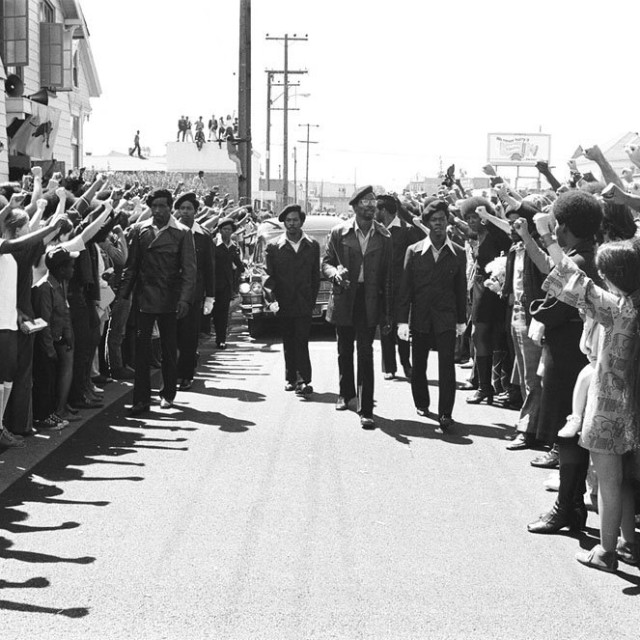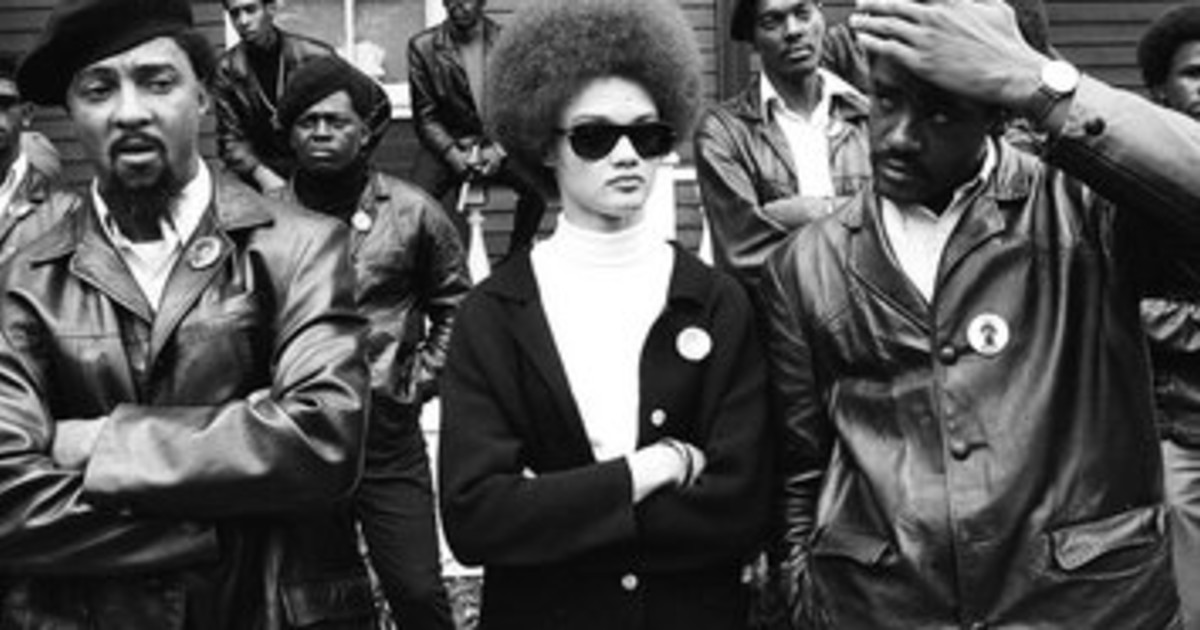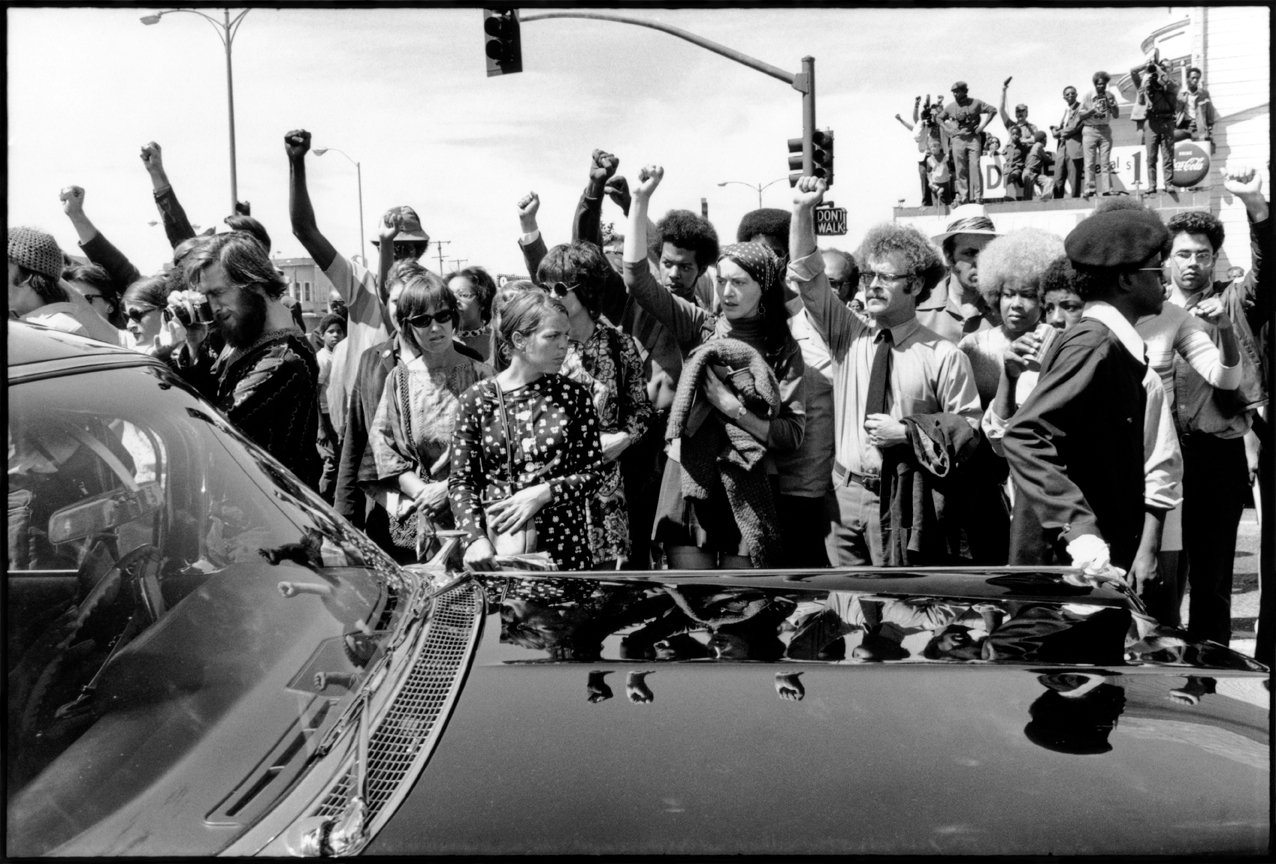Howard Leonid Bingham was the biographer of Muhammad Ali and a professional photographer born in Jackson Mississipi 1939.
One of eight children of Willie Emmaline and Willie E Bingham Jr. He was the son of a minister and Pullman porter. The family moved to Los Angeles when Howard was four. After an initial interest in music, Howard studied photography at Compton Community College, but failed his finishing exam. Undeterred, on leaving he successfully pestered the picture editor of the Los Angeles Sentinel for work.
While working there, he met the young Cassius Clay (later to become Muhammad Ali). The pair met in 1962, when Bingham was sent by a local black newspaper to a press conference for a boxing match at the Los Angeles Memorial Sports Arena between Cassius Clay and George Logan.
Afterwards, Clay was standing on a street corner with his brother when Bingham pulled up in his car and offered to show them round the city. The trip culminated with a visit to Bingham’s family home, where his mother cooked them dinner. A friendship was born that lasted until Ali’s death in June. Their rapport led to a lifelong friendship. Bingham went on to create arguably the definitive book of photographs of Ali, Muhammad Ali: A Thirty-Year Journey.


Bingham began covering local news events at a time when black radicalism was a growing force in US cities. In the early 1960’s he photographed Ron Karenga, a prominent black power leader, and Malcolm X, who had befriended Clay in 1962 and subsequently became his spiritual mentor. As Bingham’s friendship with Clay deepened, he watched at close hand as the boxer became world heavyweight champion in 1964 and, a few months later, publicly announced his membership of the Nation of Islam and the change of his name to Muhammad Ali.
In August 1965, when Ali travelled to Sweden, Bingham accompanied him, thus missing one of the biggest news stories of the year: the Watts race riots in Los Angeles that raged for six days and left 34 people dead.
The following year he covered what he described as a “mini-riot” in LA and his photographs were published in Life magazine. “Even though all their star photographers were shooting that night, it was my photographs they ended up using,” he told said, when interviewed him in 2009. “I’m an easygoing guy but I have no fear. I wasn’t worried about getting hurt. After that, they put me on a riot retainer.” Wherever riots broke out that summer, Bingham went.
He photographed social unrest across the US, including the intense rioting that broke out in Detroit in 1967 – “It was wild, bullets everywhere. I didn’t know if we were going to get out alive.” That summer, Life made contact with the nascent Black Panther party, which had been formed the previous year in Oakland, California, requesting access for a journalist and photographer to do a story on the organisation. The Black Panthers’ minister of information, Eldridge Cleaver, was in jail, but, from his cell, gave Life the go-ahead on one condition. He said they could do the story, but only if Bingham took the photographs. “That was the first surprise, as I had never even met him.” said Bingham
Cleaver had heard of Bingham through his reportage for the LA Sentinel and his grassroots activism in the many community schemes instigated and funded by Ali.
Throughout 1968, Bingham and a young black journalist from New York, Gilbert Moore, spent months observing the Black Panthers in action. Bingham photographed the group’s leaders, including Bobby Seale, Stokely Carmichael, Angela Davis, and Eldridge and Kathleen Cleaver, as well as their sharply dressed members at sit-ins, protests and rallies. He also gained access to the left-leaning celebrities that supported them, such as Jane Fonda and Leonard Bernstein. However, Life magazine refused to publish the ensuing article, prompting Moore’s resignation. Many of the images were published for the first time in 2009 for Bingham’s book, Howard L Bingham’s Black Panthers 1968, which includes a reflective essay by Moore.




Bingham went on to photograph the funeral of Martin Luther King and the election campaign of Robert Kennedy for Life magazine. His work also appeared in Sports Illustrated, Ebony, Look, Newsweek, People and Playboy, and, for a time in the 1970s, he worked as a stills photographer for Hollywood films, including The Candidate (1972) and All the President’s Men (1976).
In 1978, Bingham unsuccessfully ran for Congress as a Democrat. Though he enlisted the support of Marvin Gaye, Barry White and Richard Pryor, all of whom performed in a fundraising concert for him, the event was badly organised and poorly attended. “Nobody came,” he recalled, “but the party afterwards was fantastic!”
Bingham was one of the first black photographers to work on a Hollywood International Cinematographers Guild camera crew. His photographs have been published in magazines and periodicals including: Life, Look, Time, Newsweek, Sports Illustrated, People, Ebony and others. He was selected as a photographer for the 1990 project Songs of My People.
Bingham was noted for interviewing James Earl Ray, the man who was convicted of assassinating Martin Luther King, Jr., as well as photographing the Black Panthers for LIFE at various points in his career. In 1997 Bingham was the recipient of the prestigious APS Award for Excellence. In 2006 Bingham was the recipient of the Gordon Parks Choice Of Weapon Award. In 2008 Bingham was honored by the Congressional Black Caucus with the Celebration of Leadership in Visual and Performing Arts Award.
Bingham published several books on his friend and hero, including Muhammad Ali: A Thirty-Year Journey (1993), and Muhammad Ali’s Greatest Fight (2000), and worked as a producer on Ali, 2001, Hollywood biopic starring Will Smith (Bingham was portrayed by Jeffrey Wright).
